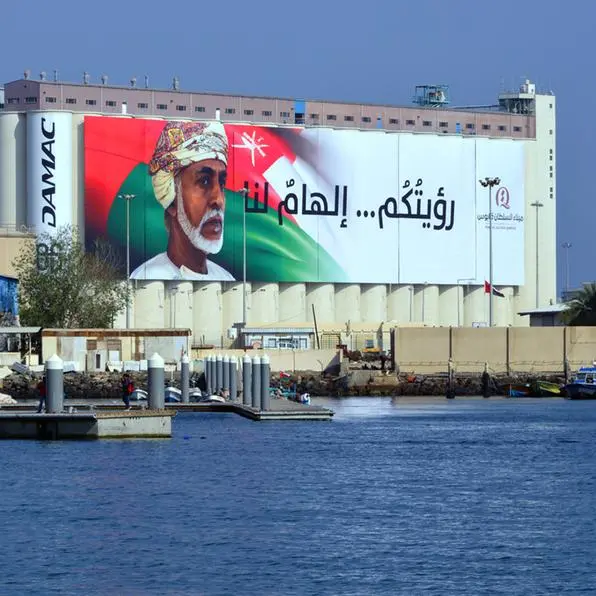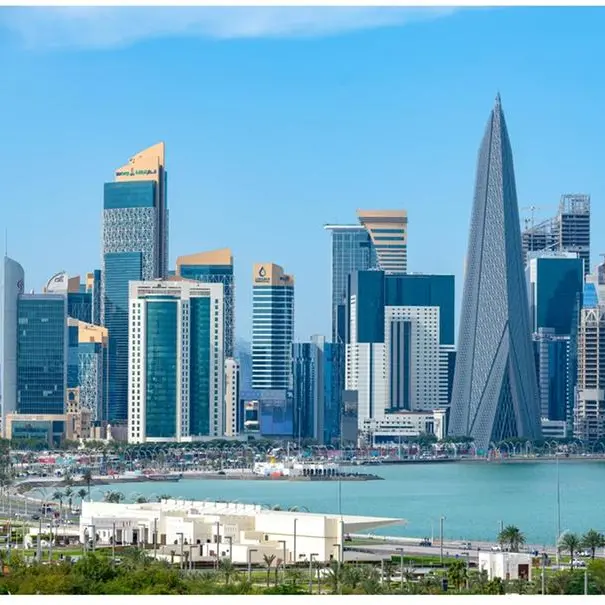PHOTO
The global sports tourism market is poised for significant growth, with an estimated increase of $771.4 billion during the 2024 to 2028 period, expanding at a compound annual growth rate (CAGR) of 15.2% over the next four years, according to Technavio.
The driving force behind this impressive growth is the increasing number of sporting events worldwide. However, the market faces challenges such as the cancellation of events due to financial constraints, it stated.
A significant trend contributing to the market's growth is the development of virtual reality (VR) technology. This innovation offers sports fans immersive experiences, enhancing the appeal of sports tourism.
Key players in the market include ATPI Ltd., BAC Sports Ltd., DTB Sports Management Ltd., Fanatic Sports Pvt. Ltd., and several others. These companies are leveraging the latest technologies and strategic partnerships to attract sports tourists.
The report by Technavio covers various segments of the sports tourism market, including domestic and international sports tourism, as well as different sports like soccer, cricket, and tennis.
The market is also segmented by region, with Europe, APAC, North America, South America, and the Middle East and Africa all covered. Each region presents unique opportunities and challenges for market growth.
Despite the promising outlook, the sports tourism market faces several challenges. Seasonal fluctuations, infrastructure limitations, and financial hurdles can impact the profitability and sustainability of sporting events.
Event organizers must address these issues to ensure the long-term success of sports tourism. Moreover, sustainable practices and environmental awareness are becoming increasingly important for reducing the negative impact of tourism on the environment, stated the expert.
Strategic partnerships between the sports and tourism industries have been crucial for the market's growth.
Collaborations with tourism boards and event hosting in premier travel destinations have enhanced the appeal of sports tourism. Events like Formula 1 races, the FIFA World Cup, and the Olympics attract millions of fans and significantly boost local economies. These partnerships create unique visitor experiences, driving sustained growth in the market, it added.
According to Technavio, the infrastructure development is another critical factor for the success of sports tourism.
Adequate arenas, training centers, and recreational facilities are essential to meet the demands of top-tier athletes and tourists. Investments in these areas not only improve the overall experience for visitors but also contribute to the economic growth of host cities. Ensuring that these infrastructures are eco-friendly and sustainable is also vital for the industry's future, it stated.
The economic impact of sports tourism cannot be overstated. Successful sports events generate significant revenue for host regions, promoting local businesses and creating job opportunities.
The influx of tourists during major sporting events boosts the hospitality industry and stimulates economic growth. However, to maintain this momentum, it is crucial to address the financial challenges and ensure a stable environment for the organization of these events.
In conclusion, the sports tourism market is set for substantial growth over the next few years, driven by an increasing number of sporting events and advancements in technology, said the expert.
While challenges exist, strategic partnerships, infrastructure development, and sustainable practices can help overcome these obstacles. As a result, sports tourism will continue to be a vital component of the global tourism industry, contributing significantly to economic growth and providing unique and immersive experiences for sports fans worldwide, it added.
Copyright 2024 Al Hilal Publishing and Marketing Group Provided by SyndiGate Media Inc. (Syndigate.info).























